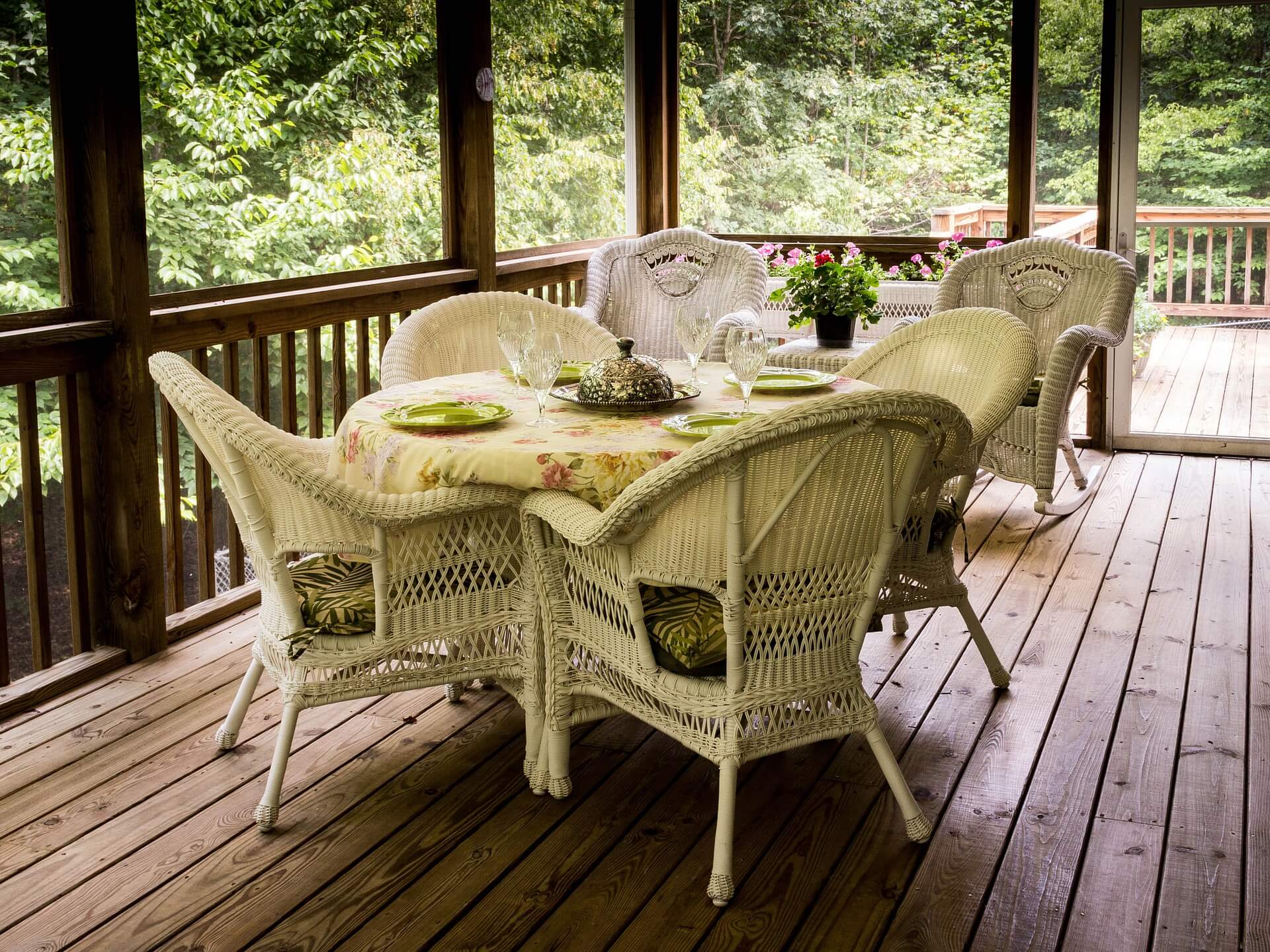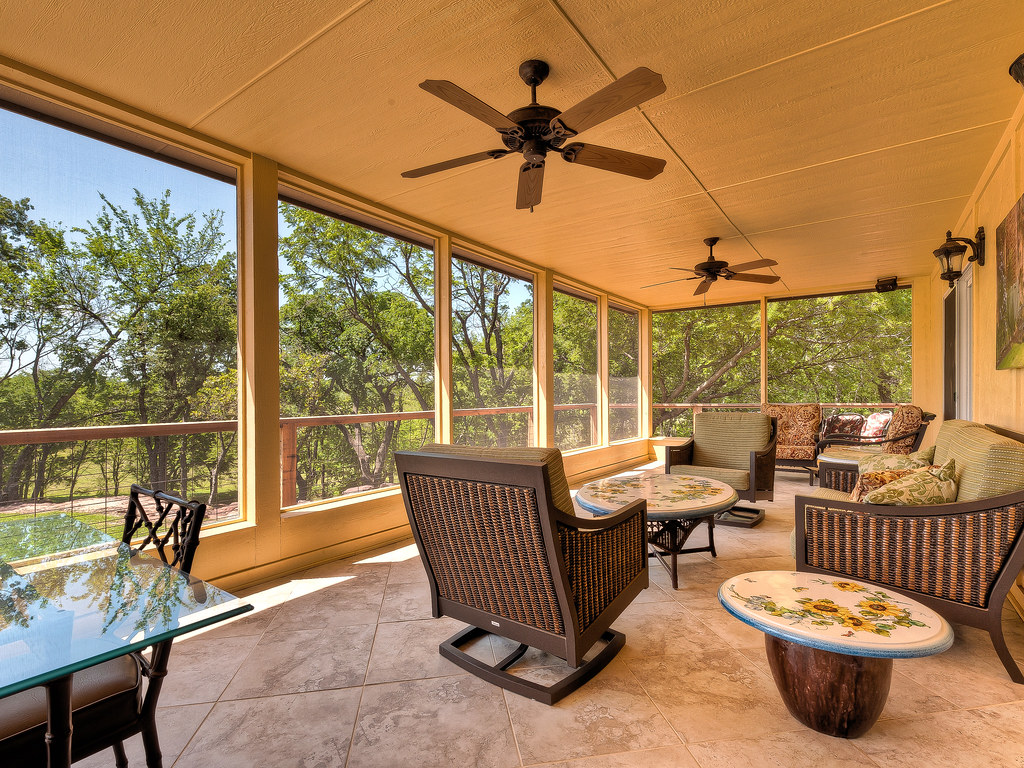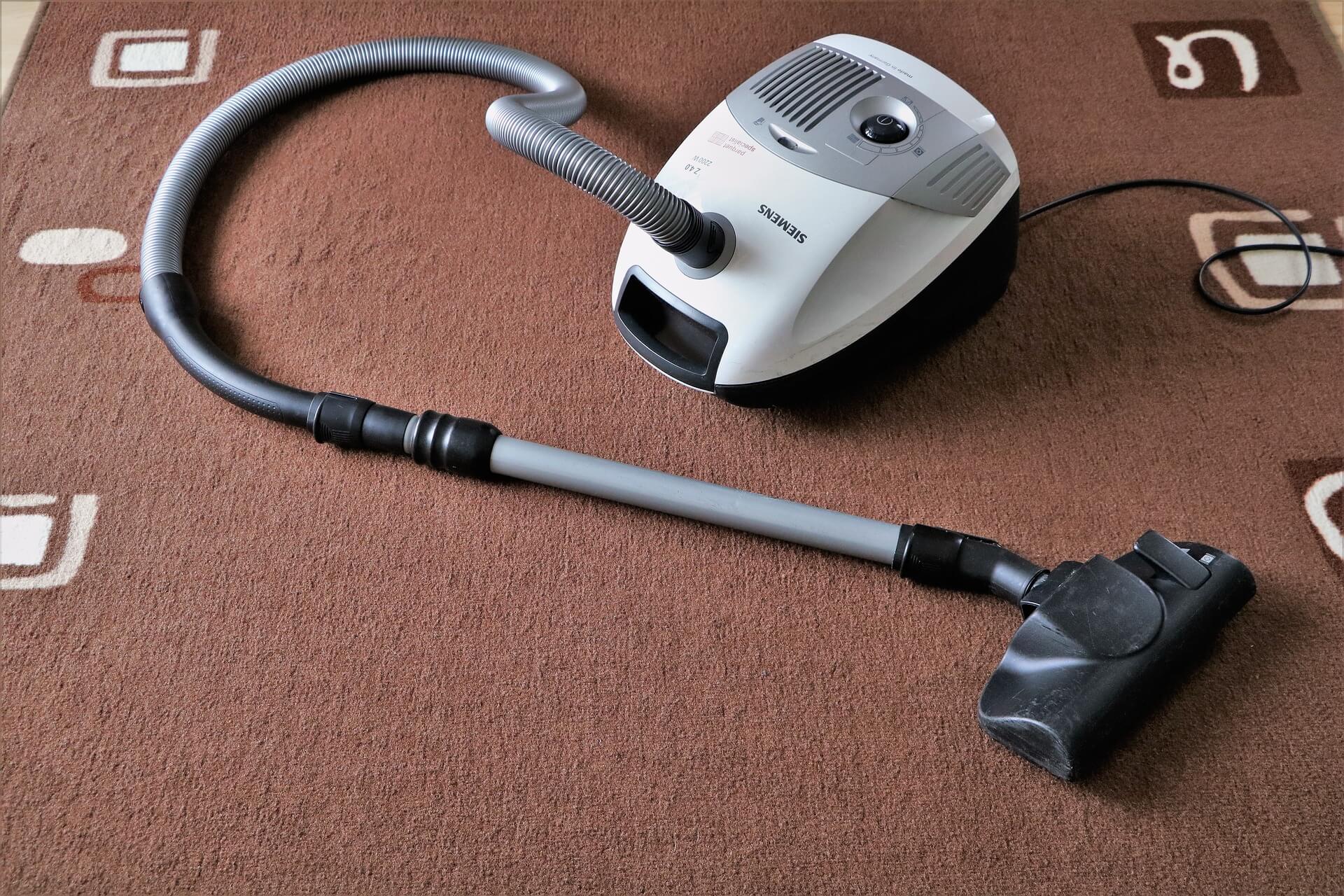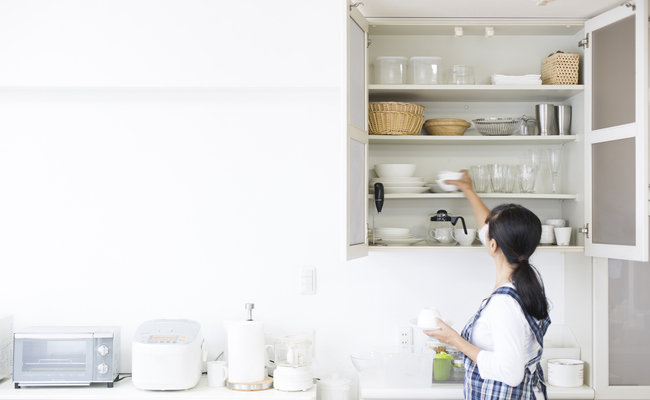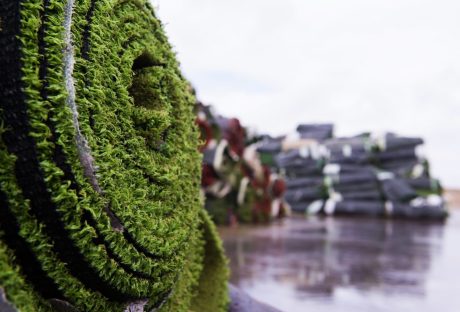Outdoor living is in, especially during the sweltering summer months. Turn a staid, screened-in porch into a tranquil oasis with some comfortable furnishings and ambient decor. These are our favorite tips for creating a screened space you’ll want to live in all year long.
Treat It as Your Home:
Don’t be tempted to skimp on furniture for your screened-in porch. Many homeowners rely on basic patio furniture rather than adding comfortable cushioned couches and chairs that create an inviting space. Outdoor poufs are a versatile choice that does triple duty as extra seating, a footrest, or a convenient side table. Choose options with weatherproof fabric that provides easy maintenance and care.
The cozier you are on the screened-in porch, the more likely that you (and your guests) will want to spend time there. Think of this area as a natural extension of your home. When choosing furniture, picture how you want to use the space. If you plan to entertain, are you envisioning cocktail parties or boisterous family dinners? Pick your pieces accordingly.
Add Accessories:
Those little details are a major part of making the patio feel like an extension of your indoor space. Think colorful throw pillows, durable rugs, side tables for snacks and beverages, and accent lighting. Choose colors that coordinate with your indoor palette for a seamless transition from inside to out. Pillows and throws in various textures will add visual and tactile interest. Potted plants add more life to space while emphasizing its natural elements.
Keep It Cool:
For a three-season porch, you can use from spring to fall, consider screened-in, porch-cooling options to see you through the hottest days of August. Ceiling fans are more effective than a window AC unit, and they create a cooling breeze that will provide relief. Evaporative coolers lower the temperature by using humidity. With these units, cold air is blown over water droplets that chill the air as they evaporate.
You can also install shades that can be pulled down to keep the cool air in during the summer and to block the cold air out on chillier nights. Look for transparent versions that will preserve the outdoor feel of the porch.
Promote Relaxation:
Both real and battery-powered candles create a romantic light that enhances the porch’s appeal. String lights provide a similar function. If your home is in a suburban or an urban area that tends to get noisy, consider outdoor speakers through which you can play relaxing ambient noise, such as ocean sounds or birds chirping. You can also plant a row of trees or shrubs to dampen the noise, provided it doesn’t block your view. Consider adding a fireplace to your screened-in porch, which has the added benefit of allowing you to enjoy the space when the weather cools.
By incorporating these design ideas to add life to your screened-in porch, you’re expanding the usable square footage of your home and increasing its value. Best of all, you’ll have a space your entire family can enjoy together for years to come.
Read Also:
- 7 Ways To Add Character And Style To Your Home
- 7 Unexpected Ways To Use Glass And Wood For Your Home
- 5 Things You Should Know About Heating And Cooling Tiny Homes













